Lenora Rogers's Blog, page 7
February 11, 2018
Grant and Buckner: Three Conversations
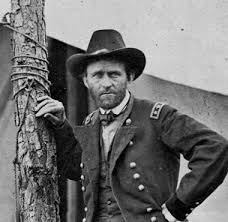 The quintessential General Grant
The quintessential General Grant
U.S. Grant and S.B. Buckner were cadets at West Point.
Cadets Grant and Buckner
Ulysses S. Grant, class of 1843, and Simon Bolivar Buckner, class of 1844, were both midwesterners of middle-class standing both financially and academically.
West Point classes were small prior to the Civil War, perhaps 40 or 50 cadets. Most students had at least a passing acquaintance with their upper and lower academy mates.
Grant, an Ohioan, was a y...
February 9, 2018
Abram V. Race, 6th U.S. Cavalry
 Regular Cavalry in the Civil War
Regular Cavalry in the Civil War
Abram V. Race was born on February 2, 1838 in Belfast, Allegheny county, New York. He worked as farmer on the family farm until the outbreak of the Civil War.
On June 22, 1861, he enlisted into Company I, 42nd New York Infantry on Long Island. He was transferred to Company K the same day. The regiment fought well but lost heavily at Ball’s Bluff before the end of the year, losing 133 killed, wounded and missing. It served during the Peninsula campaign the nex...
February 8, 2018
Manitou in Context
February 5, 2018
Louisa Adams, Neglected First Lady
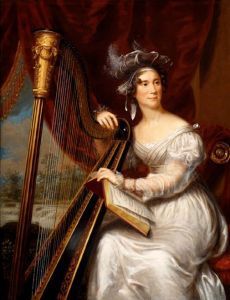 Louisa Catherine Johnson Adams
Louisa Catherine Johnson Adams
No one had a better resume for becoming a First Lady than Louisa Catherine Adams.
Louisa: Englishwoman of High Standing
Louisa Catherine Johnson was born in England and well educated in a convent school in Paris. Her American father had relocated to England several years prior to the American Revolution.
Louisa was pretty, with a gift for languages, music and poetry. She played the harp and the harpsichord. She was well trained in th...
The Sagranus Stone, St Dogmael’s, Pembrokeshire (Sir Benfro), Wales
 The Sagranus Stone at St Dogmael’s.
The Sagranus Stone at St Dogmael’s.
OS Grid Reference: SN 16404 45914. In the mid-19th century parish church of St Thomas the Apostle in the village of St Dogmael’s (Llandudoch), Pembrokeshire, is The Sagranus Stone, a 5th century pillar-stone which is inscribed with both Ogham and Latin inscriptions to the memory of Sagranus, son of Cunotamus. There are some other Early Medieval stones in this church though these would be called cross-slabs rather than inscribed...
“A fire, supposed to be occasioned by the enemy’s shells”: Curious reporting about the Christmas Day bombardment
Franz Reichelt: The Parachuting Pioneer and His Infamous Stunt
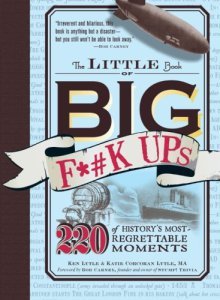 On the 4th of February 1912, Austrian-born inventor and tailor Franz Reichelt, also known as the Flying Tailor, died tragically by jumping from the Eiffel Tower, whilst trying out his own creation, a coat parachute. Even though, having worked on the prototype for two years, and having had it rejected numerous times by aeronautic organisations and competitions, Reichelt had so much foolish confidence in his design that he decided to go ahead with his plan; he said: “I want to try...
On the 4th of February 1912, Austrian-born inventor and tailor Franz Reichelt, also known as the Flying Tailor, died tragically by jumping from the Eiffel Tower, whilst trying out his own creation, a coat parachute. Even though, having worked on the prototype for two years, and having had it rejected numerous times by aeronautic organisations and competitions, Reichelt had so much foolish confidence in his design that he decided to go ahead with his plan; he said: “I want to try...
The White Cockade: a Jacobite tale
O he’s a ranting, roving lad,
He is a brisk an’ a bonny lad,
Betide what may, I will be wed,
And follow the boy wi’ the White Cockade.
(The White Cockade, Robert Burns)
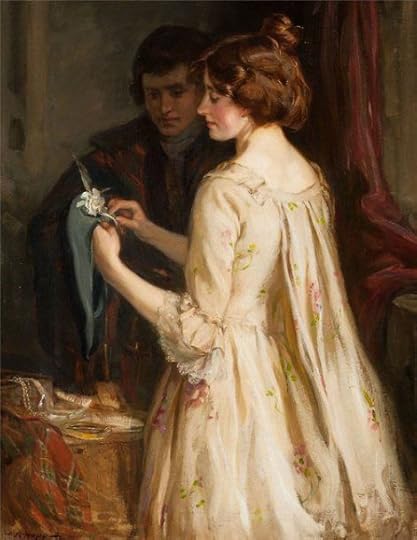 Image sourced via Pinterest.
Image sourced via Pinterest.
In 1745, Joseph D’Acre of Kirklinton Hall in Cumbria, was one of His Majesty’s troops defending Carlisle Castle from the approaching Jacobite army. He had left his wife, Catherine and young children in the care of his father-in-law, Sir George Fleming, Bishop of Carlisle, and...
Samuel Chamberlain’s Salem I: Winter
Two notable architectural photographers of the twentieth century turned their lenses on Salem again and again: Frank Cousins (1851-1925) and Samuel Chamberlain (1895-1975). These men represent a continuum for me: Chamberlain picked up where Cousins left off: with a gap of about ten or fifteen years while the former was more focused on the Old World than the New, and on etching rather than photography. It’s a very interesting exercise to consider their views of the same structu...
Chester Cornett at the Kentucky Folk Art Center
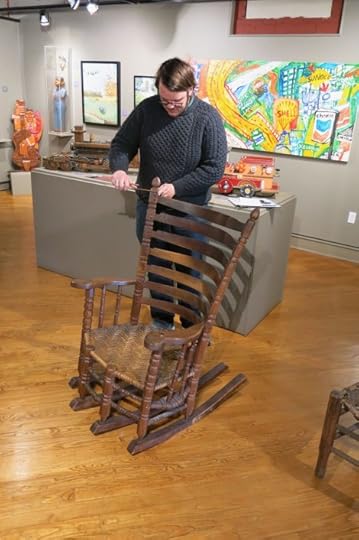
For many years, I have been an undying fan of the work of Chester Cornett (1913-1981), a traditional Eastern Kentucky chairmaker who crossed over to become an artist who lived out his last years in Cincinnati, just a few miles from where I am right now.
Cornett’s story is long, tragic and documented in the book “Craftsman of the Cumberlands” (University Press of Kentucky) by Michael Owen Jones. My personal copy of the book is dog-eared and always within grasp.
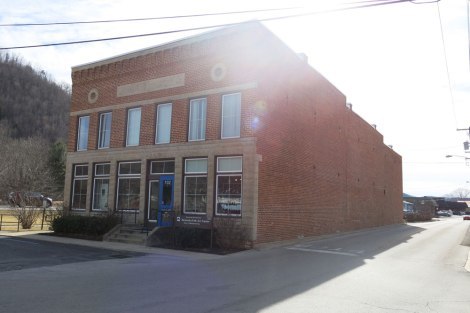
For years I’ve...









